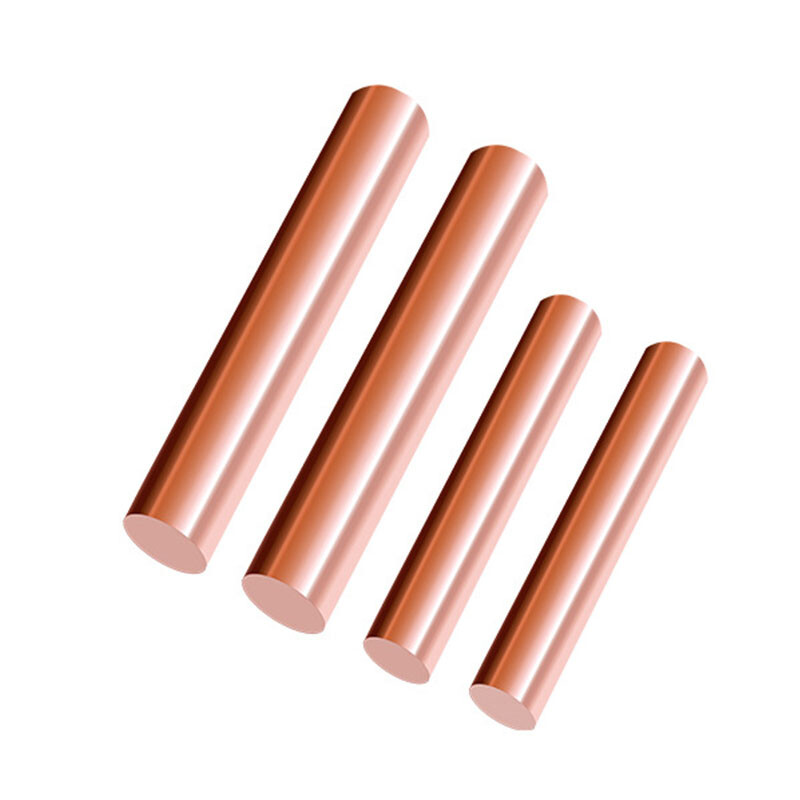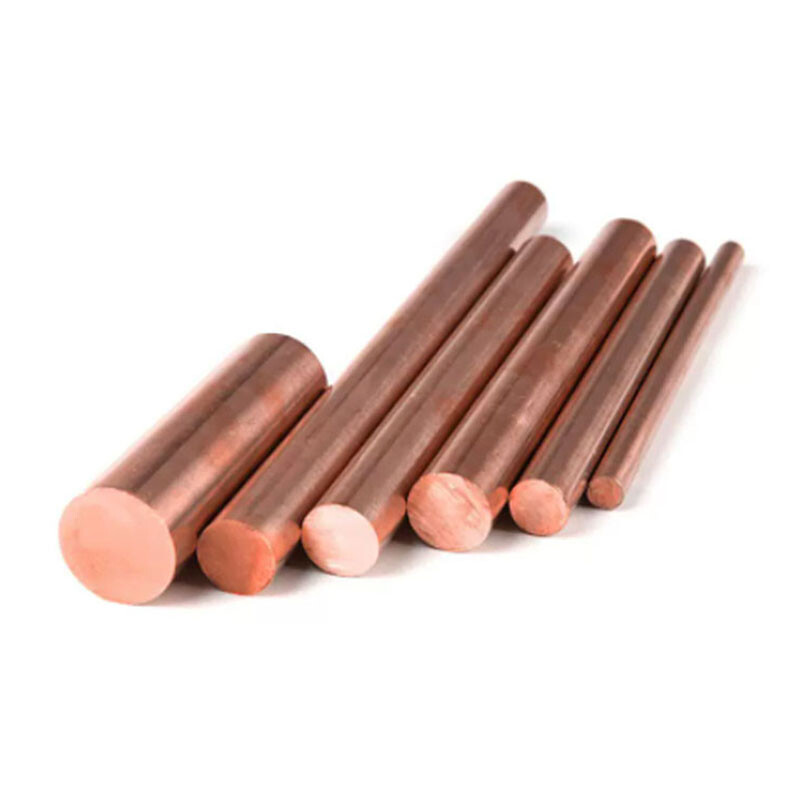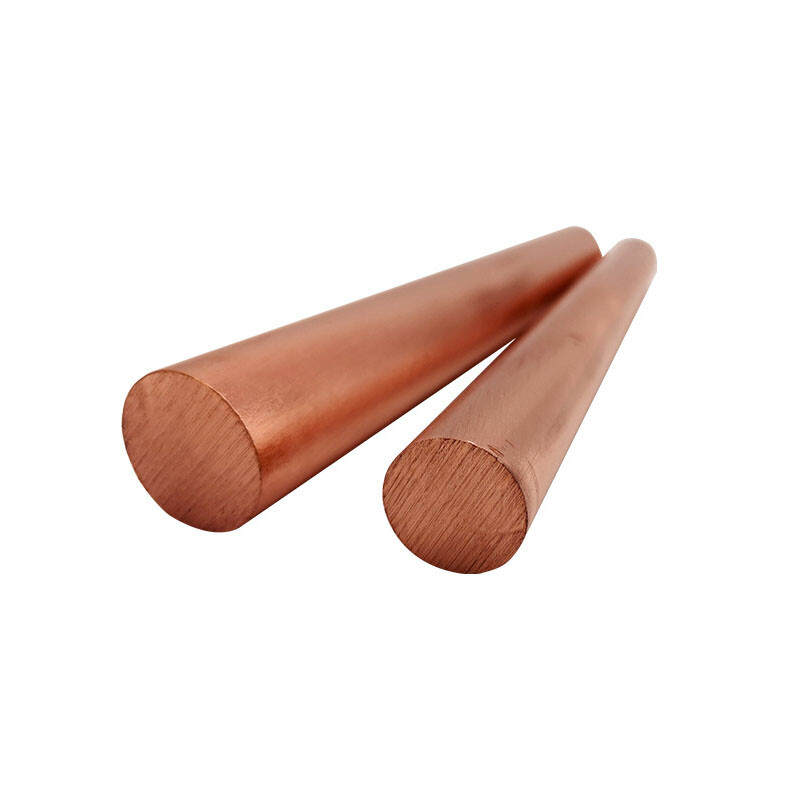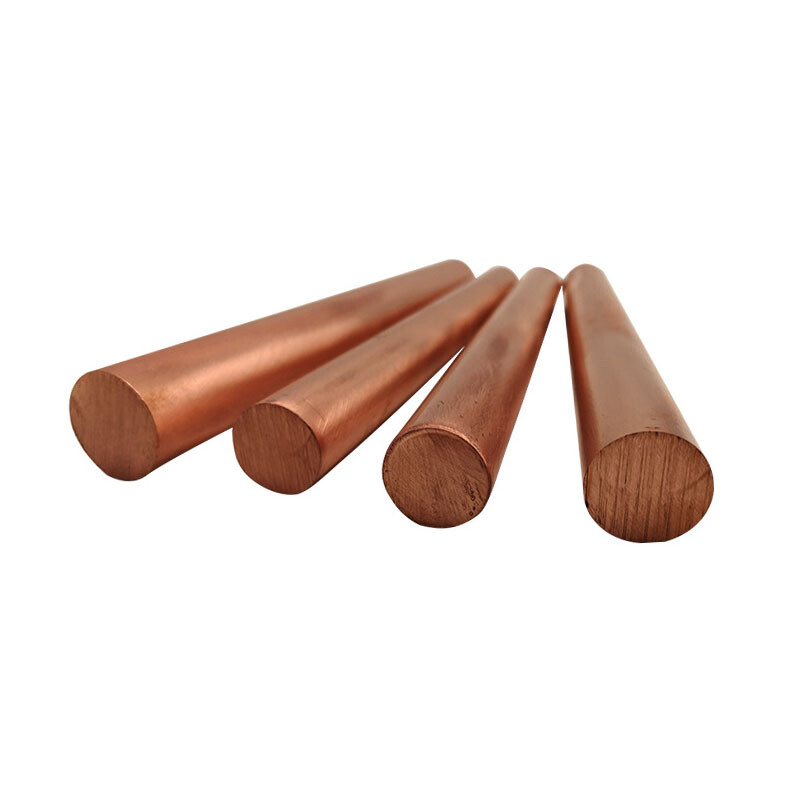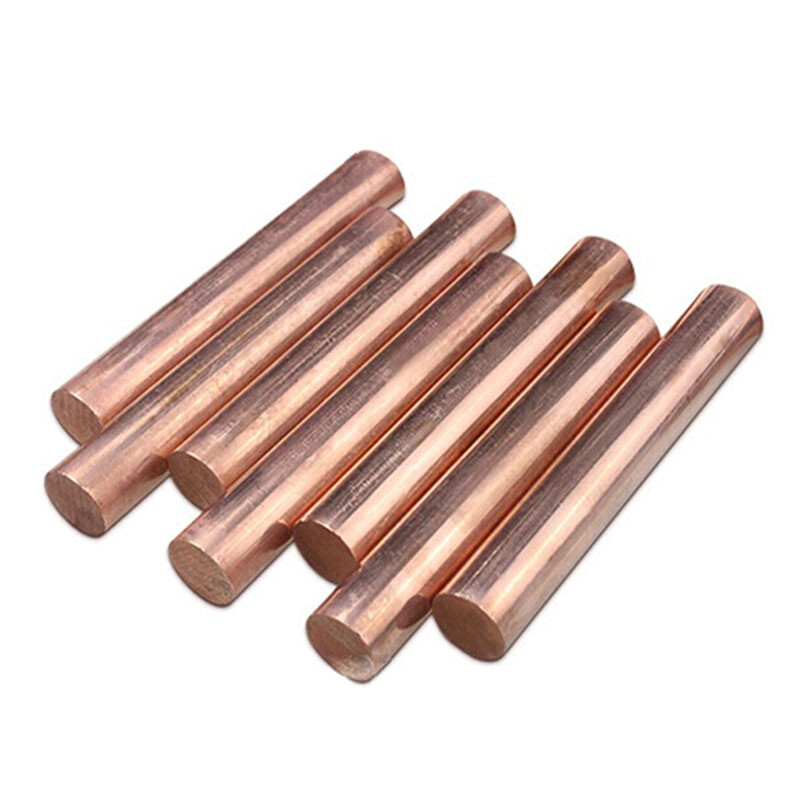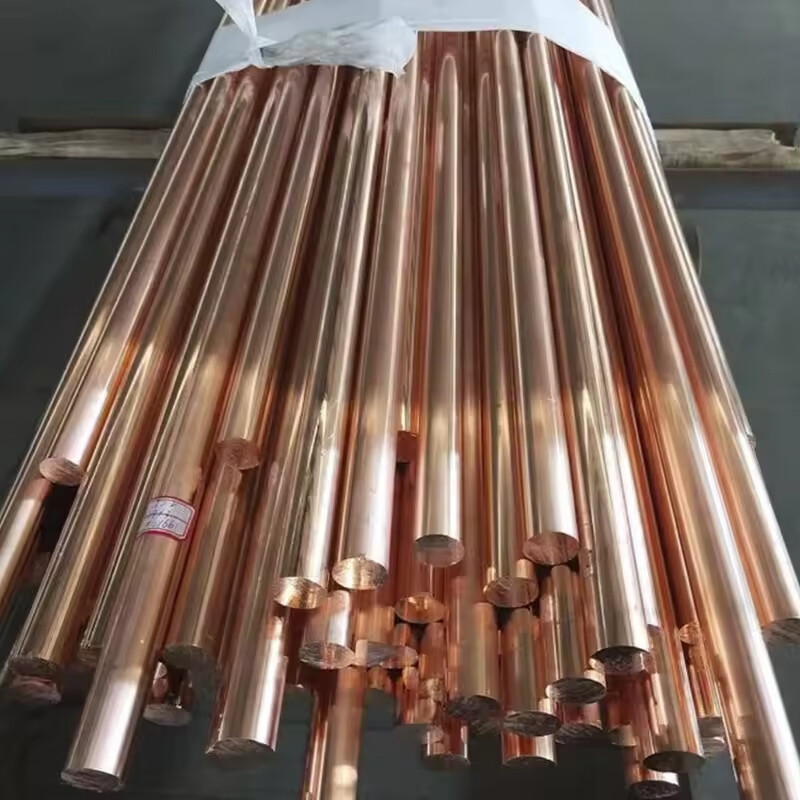Introduction:
1. Low MOQ and Flexible Production Ability.
2. Quick delivery and standard industry exporting package.
3. Best service with quick reply
4. OEM and ODM, welcome customers to visit our factory for better understanding;
5. Value friendship and trustworthy, devote to provide long-term service to our distinguished customers.
Product Introduction
TP1 copper is a specific designation used in Chinese standards, specifically GB/T 8890-2018, and it corresponds to a high-purity copper material. Here are the key details about TP1 copper bar:
Composition: TP1 copper is characterized by its high purity, typically with a copper content of 99.95% or higher. It contains minimal amounts of impurities, ensuring excellent electrical and thermal conductivity.
Properties:
1. High Electrical Conductivity: TP1 copper exhibits exceptional electrical conductivity, making it suitable for applications where efficient electrical transmission is crucial.
2. Good Thermal Conductivity: It also possesses good thermal conductivity, which is beneficial in heat transfer applications.
3. Corrosion Resistance: TP1 copper has good resistance to corrosion in various environments, although not as high as oxygen-free copper (OFC) due to its slightly higher impurity content compared to OFC grades.
4. Machinability: It is relatively easy to machine and fabricate into different shapes and components.
5. Non-Magnetic: TP1 copper is non-magnetic, which can be advantageous in certain applications.
Applications:
1. Electrical and Electronics: TP1 copper is used in electrical wiring, bus bars, connectors, and other components where high electrical conductivity is essential.
2. Heat Transfer: It finds applications in heat exchangers, HVAC systems, radiators, and other thermal management applications.
3. Industrial: TP1 copper is utilized in various industrial sectors, including plumbing, roofing, and equipment where corrosion resistance and high conductivity are required.
4. Art and Craftsmanship: Its purity and workability make TP1 copper suitable for decorative applications, sculptures, jewelry, and architectural elements.
Standards: TP1 copper complies with Chinese national standards (GB/T 8890-2018), which specify the chemical composition, mechanical properties, and manufacturing requirements for high-purity copper materials.
TP1 copper bar, according to Chinese standard GB/T 8890-2018, has a specific chemical composition that defines its high purity and suitability for various applications. Here are the typical chemical components of TP1 copper:
Copper (Cu): The primary component of TP1 copper is copper itself, with a minimum purity of 99.95%. This high copper content ensures excellent electrical and thermal conductivity.
Other Elements: TP1 copper may contain trace amounts of other elements, but they are typically kept to a minimum to maintain the high purity required for its intended applications. These trace elements can include:
o Oxygen (O): Typically, the oxygen content is very low, less than 0.05%.
o Phosphorus (P): Often present in small amounts to enhance the material's mechanical properties.
o Sulfur (S), Iron (Fe), Lead (Pb), and other impurities: These are usually present in trace amounts, but their concentrations are tightly controlled to ensure the copper maintains its high conductivity and purity standards.
Key points about the chemical composition:
High Copper Content: TP1 copper is distinguished by its high copper content, which is essential for achieving excellent electrical conductivity.
Low Oxygen Content: The oxygen content in TP1 copper is controlled to be very low, typically less than 0.05%. This low oxygen level helps maintain high electrical and thermal conductivity by minimizing the formation of copper oxides, which can impair conductivity.
Minimal Impurities: TP1 copper is characterized by its low levels of impurities such as sulfur, iron, and lead. These impurities are kept to a minimum to ensure the copper meets stringent purity requirements and performs effectively in various applications.
Features
TP1 copper bar, designated under Chinese standards (GB/T 8890-2018), possesses several key features that make it a highly valuable material for various applications:
High Purity: TP1 copper is characterized by its high purity, typically containing 99.95% copper or higher. This purity level ensures excellent electrical and thermal conductivity, making it suitable for applications requiring efficient transmission of electricity and heat.
Excellent Electrical Conductivity: TP1 copper exhibits exceptional electrical conductivity, which is crucial for applications in electrical engineering and electronics. It allows for efficient electrical transmission with minimal loss, making it ideal for use in wiring, bus bars, connectors, and electrical components.
Good Thermal Conductivity: In addition to its electrical conductivity, TP1 copper also has good thermal conductivity. This property is advantageous in applications where heat transfer and dissipation are important, such as in heat exchangers, HVAC systems, and thermal management equipment.
Corrosion Resistance: While not as high as oxygen-free copper (OFC), TP1 copper offers good resistance to corrosion in various environments. Its purity and minimal impurities contribute to its ability to withstand oxidation and corrosion, ensuring longevity and reliability in use.
Machinability: TP1 copper is relatively easy to machine and fabricate into different shapes and components. This machinability is beneficial for manufacturing processes requiring precision and customization.
Non-Magnetic: TP1 copper is non-magnetic, which is advantageous in applications where magnetic interference needs to be minimized or avoided.
Applications:
Electrical and Electronics: TP1 copper is widely used in electrical wiring, power distribution systems, transformers, motors, and other electrical components.
Heat Transfer: It finds applications in heat exchangers, radiators, HVAC systems, and thermal management solutions.
Industrial: TP1 copper is utilized in plumbing, roofing, and various industrial equipment where high conductivity and corrosion resistance are essential.
Art and Craftsmanship: Its high purity and aesthetic appeal make TP1 copper suitable for decorative applications, sculptures, jewelry, and architectural elements.
Online Message
Other Products
Online Message

